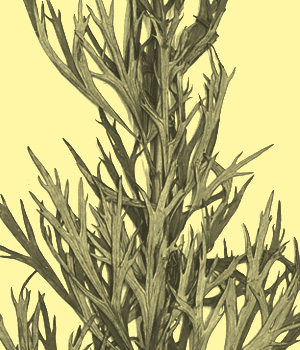Searching, Collecting, Sorting
For centuries, drying and pressing plants has served as a method of conserving these living organisms for research and documentation.
Today, more than 300 million specimens are stored in the public collections of museums and universities, each with specifications regarding the place in which it was found and the date on which it was collected. Thus, they represent a huge data bank concerning the geographical distribution and temporal presence of plant life on Earth.
The technique of herbarization was utilized not only by Zurich-based naturalists Conrad Gessner (1516–1565) and Jakob Scheuchzer (1672–1733). In the past two centuries, a large number of nature lovers and amateur botanists documented our local flora. In the process, they contributed to a significant amount to nearly three million herbarium specimens counting collections of local plants in the united herbariums at the University of Zurich and the ETH.
These specimens serve, on the one hand, as evidence of the erstwhile presence of plants. On the other hand, they allow us to draw conclusions concerning the biographies of each collector. The specimens on display here document the flora from Dietikon and the surrounding area in the 1970s and, moreover, give evidence of some domestic and international vacation destinations of a pharmacist and amateur botanist from Limmattal.
Dr. Reto Nyffeler is Curator of the Zurich Herbarium and der Zürcher Herbarien und Associate Professor of Plant Systematics at the Institute for Systematic and Evolutionary Botany at the University of Zurich. More
Related contributions
